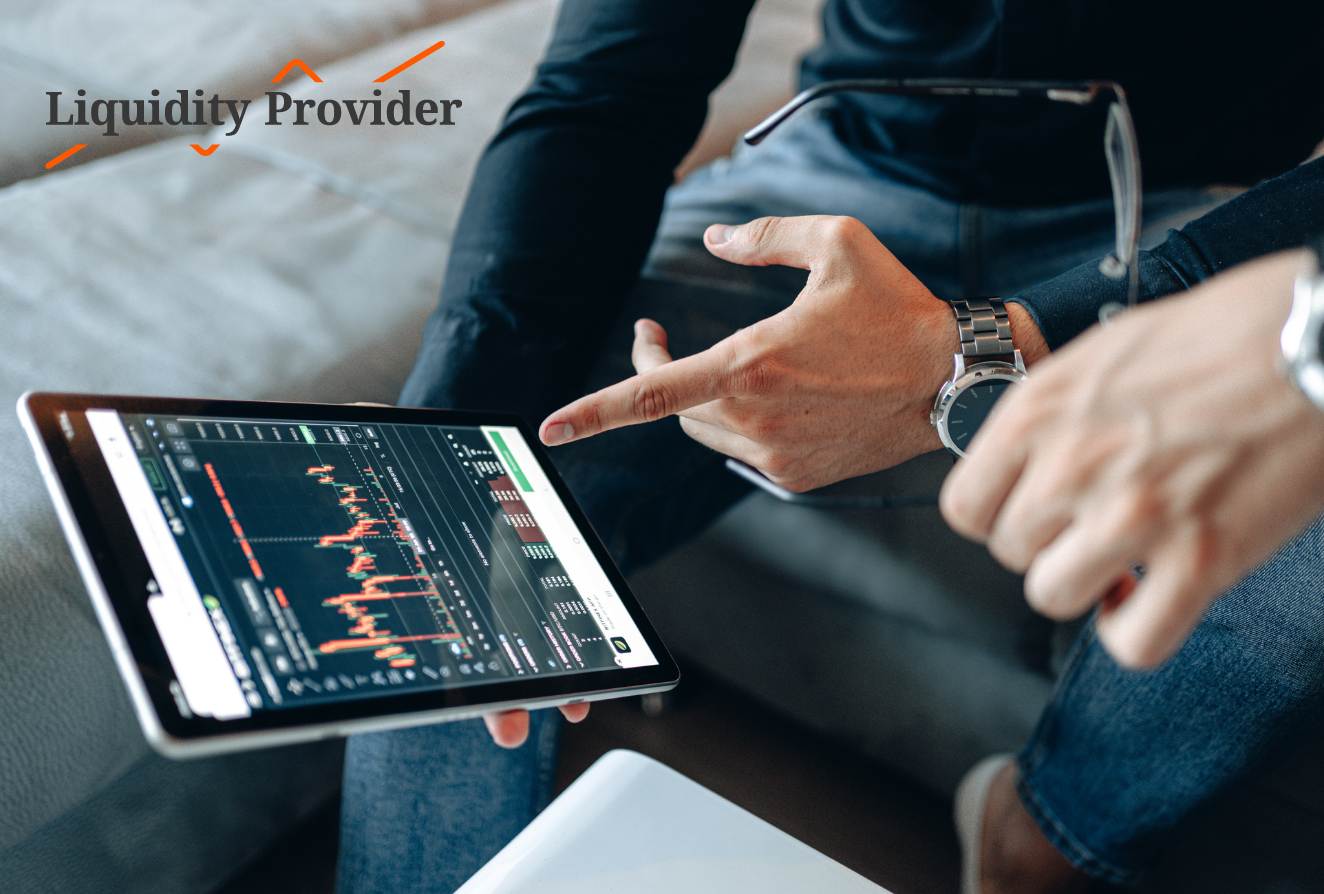The international foreign exchange market is an attractive investment platform, which is why many brokers are thinking about how to start a forex business. But it is clear that high profitability also contributes to high competition. Brokers fight for the trader and try to offer him the most complete functionality. This is why Forex beginners should choose a quality liquidity provider. This approach allows brokers to guarantee fast order execution, as well as protect them from price slippage and losses. A dissatisfied trader will choose another company, and a satisfied client will stay with you and recommend to new users.
Therefore, a novice broker needs to be aware of liquidity risks before starting a cryptocurrency exchange business.
Main Types of Liquidity Risk
LR or liquidity risk is a broad concept that includes several categories:
- Funding liquidity risk;
- Market liquidity risk.
Understanding the basic nuances and differences of these types of liquidity risks helps to avoid major mistakes and start a cryptocurrency exchange business with good returns.
FLR (funding liquidity risk or cash flow risk). This metric allows you to determine whether a company can finance its obligations. To do this, you need to analyze corporate finance (the ratio of income and expenses).
MLR (market liquidity risk) is another indicator that allows a trader to determine the speed of order execution. This is an important indicator for choosing a platform because users do not like to waste time – this can lead to price slippage and additional losses.
The Importance of High-Speed Execution
The main task of traders who have decided to start a cryptocurrency business on Forex is to make a profit from a transaction. This becomes possible due to exchange rate fluctuations. The user buys the selected asset at a low price and sells at a higher price. This is why instant order execution is an extremely important factor when choosing a platform. Professional traders use a variety of strategies where execution accuracy and timeframe play a very important role. Otherwise, price slippage may occur, leading to a loss of liquidity and a decrease in the effectiveness of the strategy.
For Forex prime brokers, it is also necessary to consider all the risks of market liquidity. Especially if the platform also acts as a market maker. Market makers are liquidity aggregators that provide fast and high-quality communication between large players (banks, investment funds) and traders. The depth of the order book is very important here. After all, if we are talking about popular currency pairs (USD/EUR, JPY/USD), then delays are minimal. But the execution of orders for less popular pairs can lead to slipping prices or high spreads if the broker works with a low-quality liquidity provider.
And this is another reason why traders may opt-out of a broker and decide to start a crypto exchange elsewhere. A quality platform should have a minimum market LR.
Choosing the Right Liquidity Provider
Liquidity providers play an important role. It is an intermediary between a trader and large Forex players (Tier-1). In this case, the liquidity provider links the order book to large funds that have large stocks of the selected asset. This approach allows you to close deals as soon as possible.


